2022 Hyundai Kona Arrives With New Looks, N Line Variant

Hyundai showcased a number of updates for its subcompact Kona on Tuesday without minimizing the funkiness it’s already famous for. In fact, the Korean crossover might even have a little more personality than it did before.
While the grille has been reduced in size and some of the hard edges rounded off, it remains impressive how many interesting little details Hyundai managed to tack onto the front of this thing without turning it into an eyesore.
Still too busy for you? That’s understandable. But know that Hyundai is offering an N Line variant that ditches the contrasting plastic cladding for color matching body panels that make the 2020 model almost look like a regular hatchback. As an added benefit, it also offers enhanced performance via the all-new 1.6-liter T-GDI Smartstream engine making a claimed 197 horsepower.
The N Line also comes with 18-inch wheels and a tweaked steering ratio. But for those who prefer the black trim and a lower price tag, and don’t mind a car making around 20 hp less, Hyundai will continue offering a more SUV-like base model. The standard touchscreen has grown to 8 inches, with a 10.2-inch version available that makes use of the latest software. All upcoming Konas benefit from a smidgen more rear legroom — according to the manufacturer.
Hyundai is also offering both the older 1.6-liter diesel and 1.0-liter gasoline engines with 48-volt hybrid technology, but that’s for the European market. Details on the North American version were sadly absent this week, forcing us to guess as to what exactly will hit our territory. Neither of the previous two units seem a good fit for the United States, leading us to wonder if the automaker will stick with the 2.0-liter MPI as the base or perhaps downgrade the current 1.6-liter GDI found in the top-trimmed Konas of today.
The rest of the car seems to have gone more or less unchanged, minus a handful of driver assistance features. Kona’s adaptive cruise control will soon include complete stop-and-go functionality and an Intelligent Speed Limit Warning system that reminds you when you’re exceeding posted limits. Europe can expect to see the refreshed Hyundai Kona at the tail end of 2020, with an updated hybrid model following in early in 2021.
Meanwhile, we’re hoping to hear something concrete on U.S.-spec models soon.
[Image: Hyundai]

A staunch consumer advocate tracking industry trends and regulation. Before joining TTAC, Matt spent a decade working for marketing and research firms based in NYC. Clients included several of the world’s largest automakers, global tire brands, and aftermarket part suppliers. Dissatisfied with the corporate world and resentful of having to wear suits everyday, he pivoted to writing about cars. Since then, that man has become an ardent supporter of the right-to-repair movement, been interviewed on the auto industry by national radio broadcasts, driven more rental cars than anyone ever should, participated in amateur rallying events, and received the requisite minimum training as sanctioned by the SCCA. Handy with a wrench, Matt grew up surrounded by Detroit auto workers and managed to get a pizza delivery job before he was legally eligible. He later found himself driving box trucks through Manhattan, guaranteeing future sympathy for actual truckers. He continues to conduct research pertaining to the automotive sector as an independent contractor and has since moved back to his native Michigan, closer to where the cars are born. A contrarian, Matt claims to prefer understeer — stating that front and all-wheel drive vehicles cater best to his driving style.
More by Matt Posky
Latest Car Reviews
Read moreLatest Product Reviews
Read moreRecent Comments
- Theflyersfan I know their quality score hovers in the Tata range, but of all of the Land Rovers out there, this is the one I'd buy in a nanosecond, if I was in the market for an $80,000 SUV. The looks grew on me when I saw them in person, and maybe it's like the Bronco where the image it presents is of the "you're on safari banging around the bush" look. Granted, 99% of these will never go on anything tougher than a gravel parking lot, but if you wanted to beat one up, it'll take it. Until the first warning light.
- Theflyersfan $125,000 for a special M4. Convinced this car exists solely for press fleets. Bound to be one of those cars that gets every YouTube reviewer, remaining car magazine writer, and car site frothing about it for 2-3 weeks, and then it fades into nothingness. But hopefully they make that color widespread, except on the 7-series. The 7-series doesn't deserve nice things until it looks better.
- Master Baiter I thought we wanted high oil prices to reduce consumption, to save the planet from climate change. Make up your minds, Democrats.
- Teddyc73 Oh look dull grey with black wheels. How original.
- Teddyc73 "Matte paint looks good on this car." No it doesn't. It doesn't look good on any car. From the Nissan Versa I rented all the up to this monstrosity. This paint trend needs to die before out roads are awash with grey vehicles with black wheels. Why are people such lemmings lacking in individuality? Come on people, embrace color.

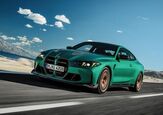



















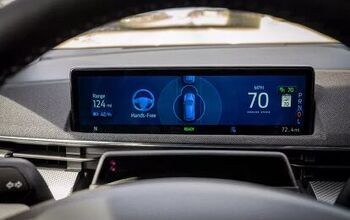

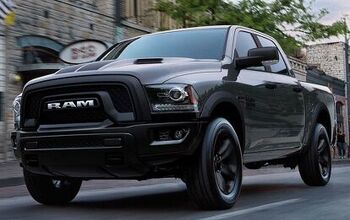
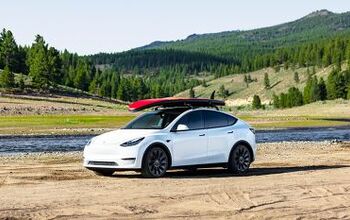
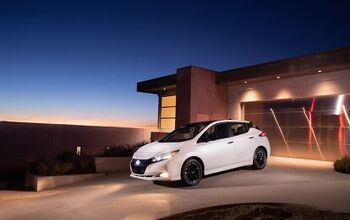

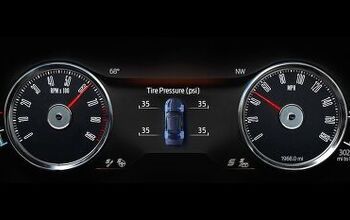
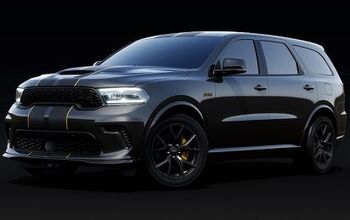
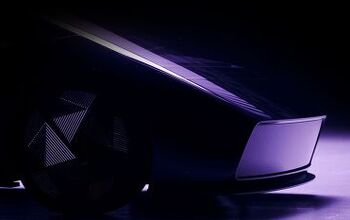


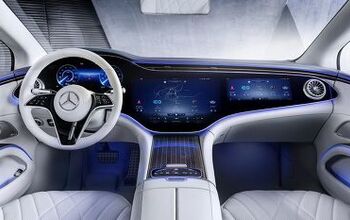

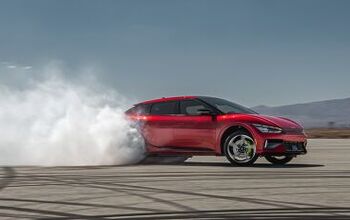
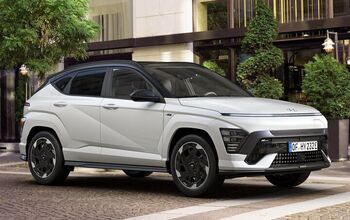

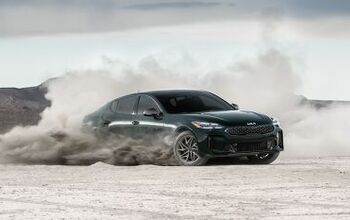
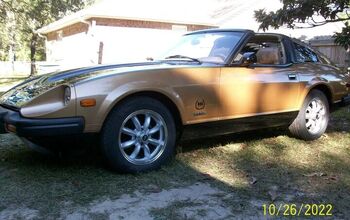
Comments
Join the conversation
Bumpers are not designed to bump any more. Now it's all form instead of function.
Not exactly my cup of tea, but an improvement over the current plastic-cladded face (the hybrid is the one trim that eschews the cladding), in particular the N-Line.